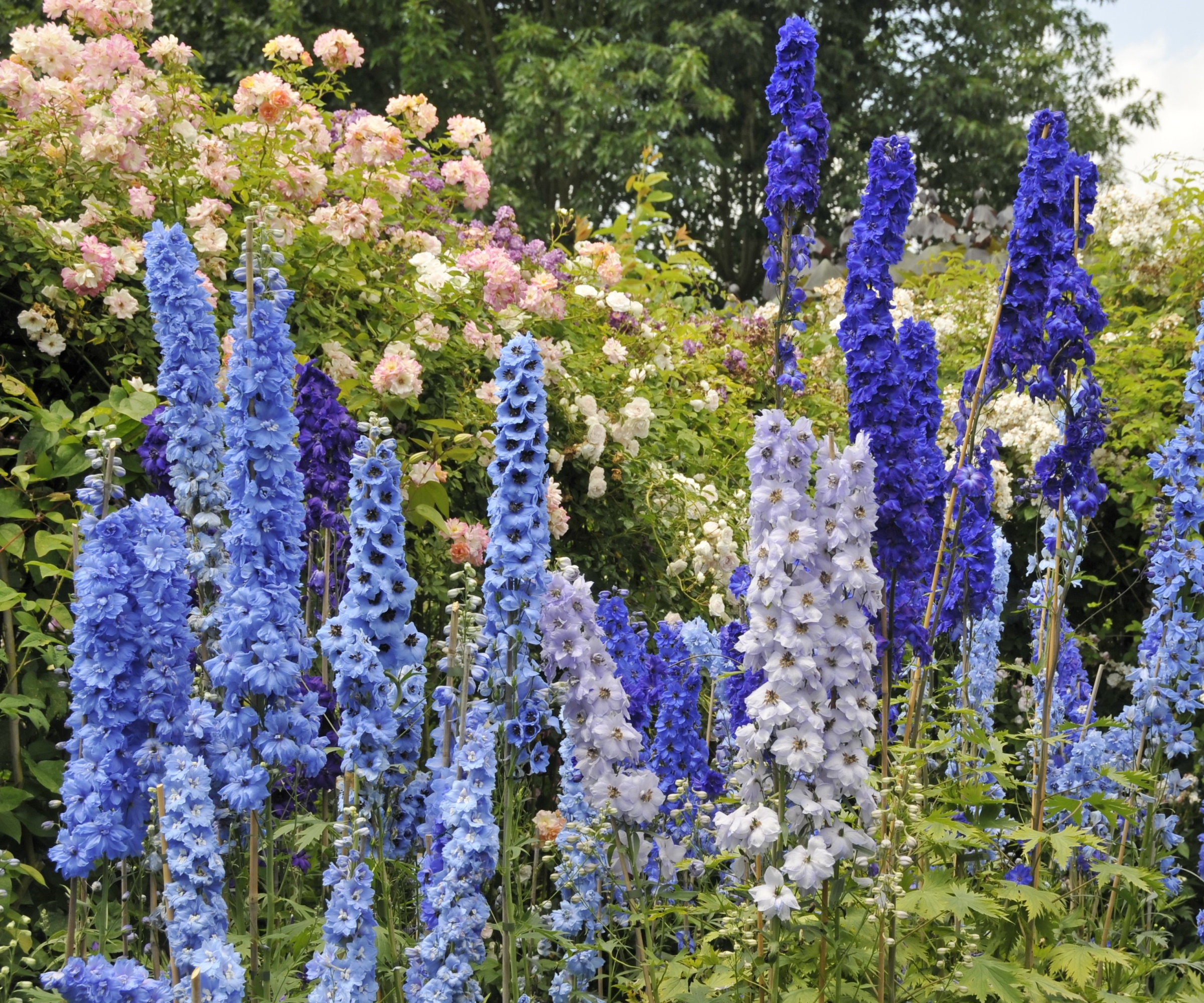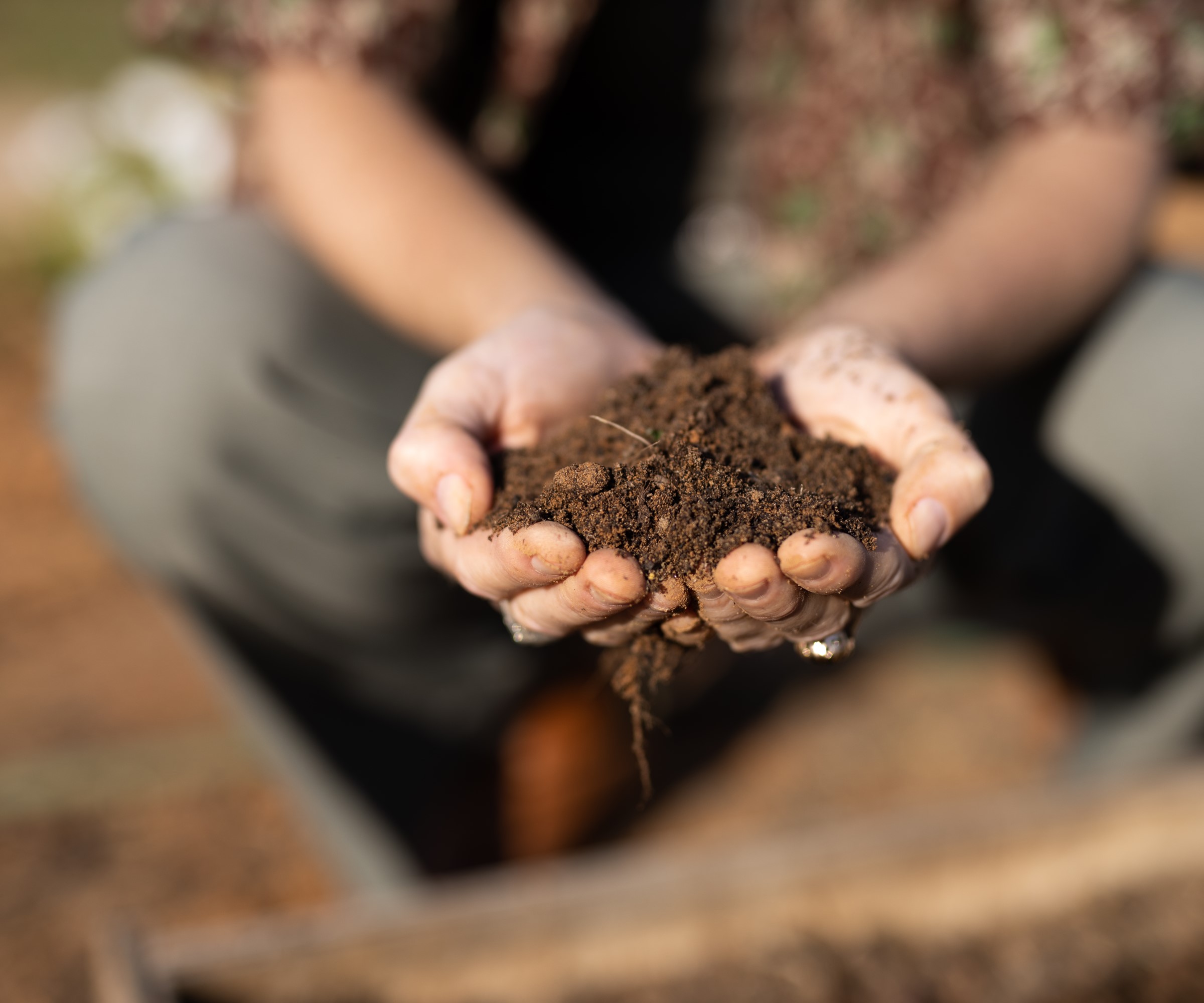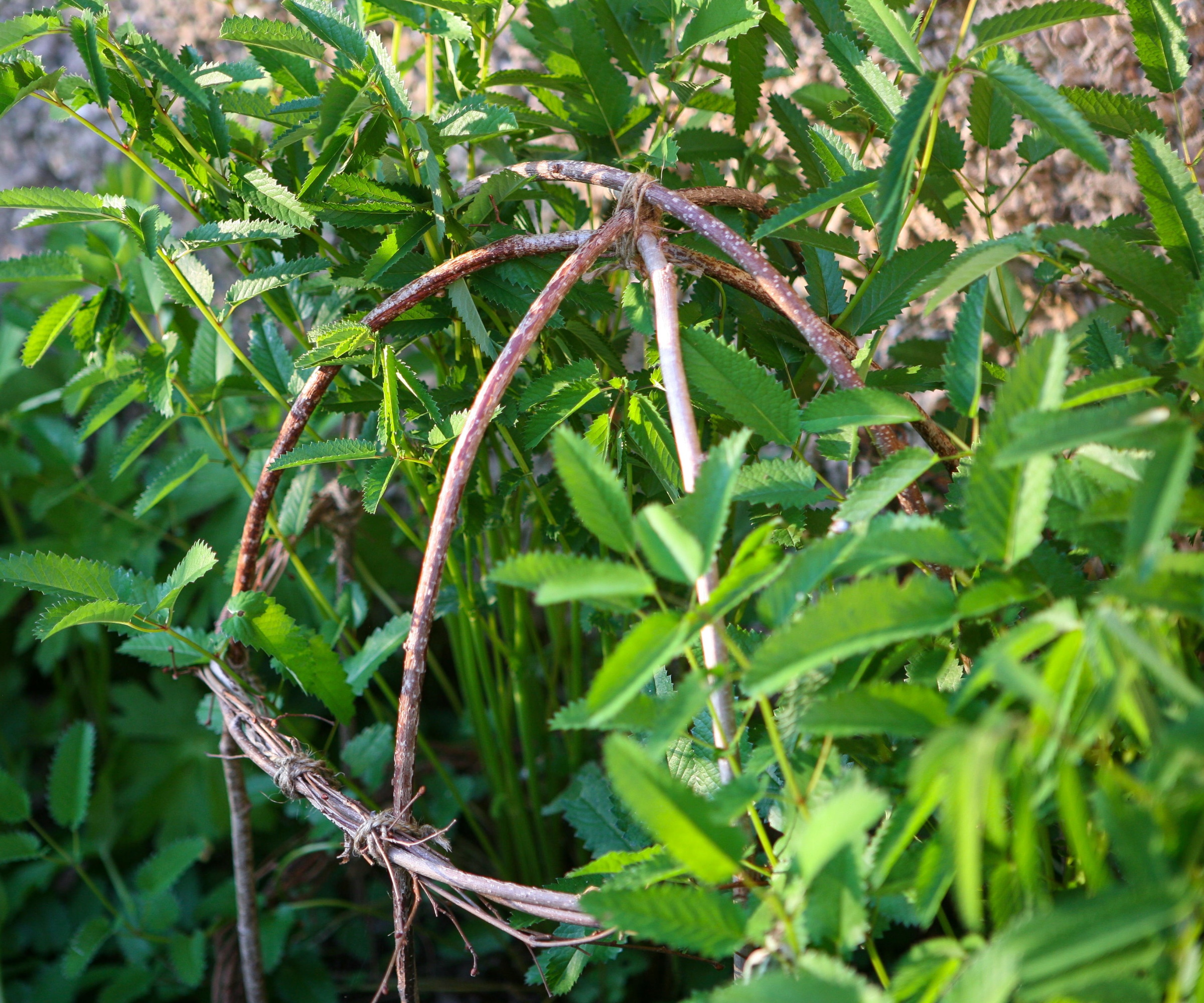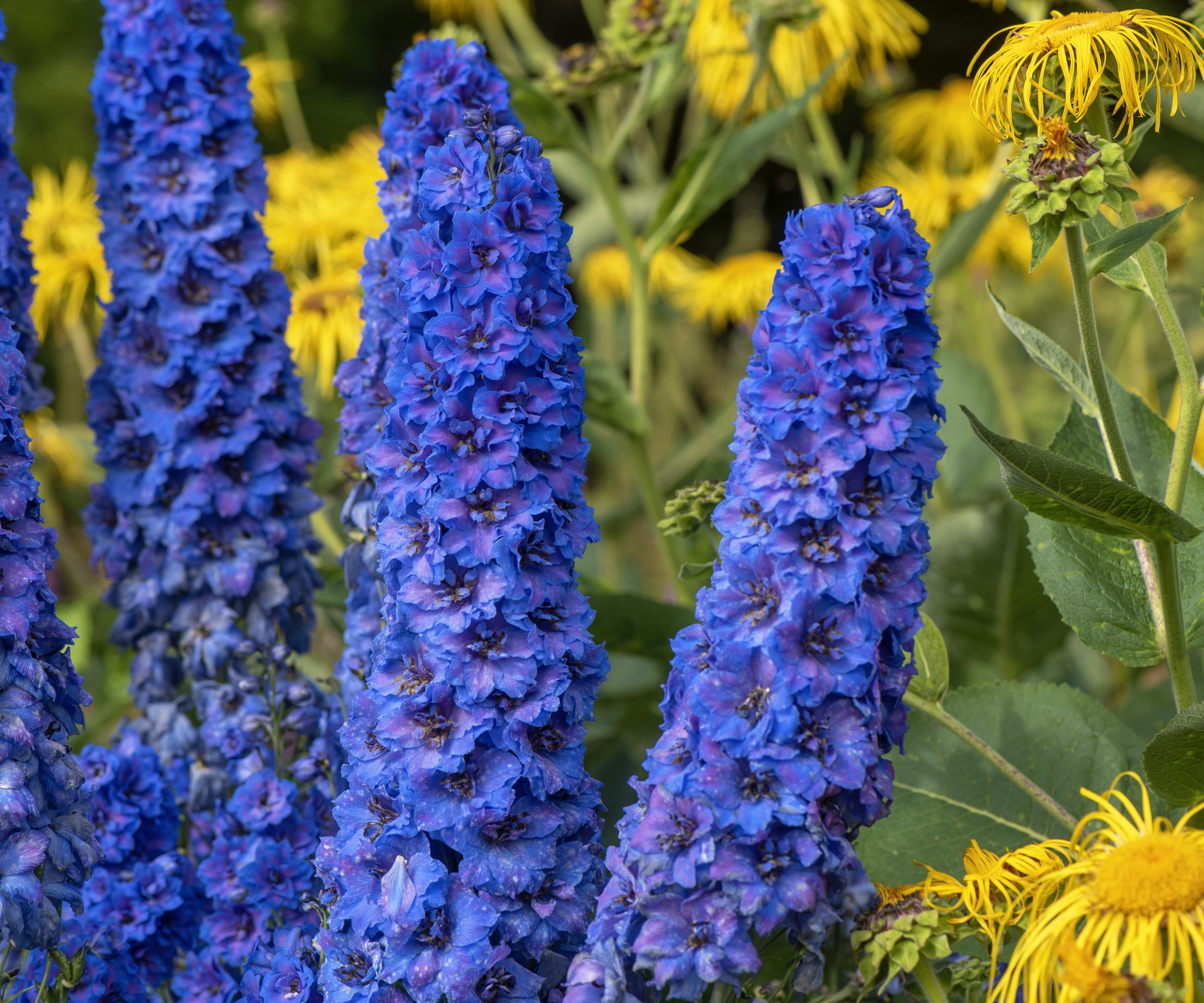How to care for delphinium plants – 3 expert tips for long-lasting flowers
With the right care and attention, you can extend your delphinium displays


Delphiniums are vibrant herbaceous perennials famed for producing tall and colorful flower spikes in late spring and for much of summer. For gardeners looking for dramatic cottage garden perennials that will add height and color to the garden borders, delphiniums are surely the plant to grow.
You can learn how to grow delphiniums from seed, or alternatively, many different varieties are available to buy as plants from local garden stores or online. However you choose to grow delphiniums, they will not fail to impress, particularly when paired with other cottage garden plants, such as roses, peonies and foxgloves.
As a professional gardener, I have grown delphiniums in many different gardens where I have worked and these structural blooms have long been a favorite of mine. Here, I share growing advice broken down into a few simple steps, helping you to keep your delphiniums looking good and blooming long into the summer months.

How to care for delphinium plants
Delphiniums can be grown as annuals and perennials, depending on the species and climate. Typically, these perennials grow best in US hardiness zone 3 to US hardiness zone 7 and can be planted in well-draining soil in borders or containers. So, if you are looking for flower bed ideas this year, why not plant some bright and brilliant delphinium blooms?
Feeding delphinium plants

Knowing how and when to fertilize flower beds is a crucial task for any gardener. Delphiniums are hungry plants that benefit from feeding during the spring and summer.
Once your plant is in active growth, I would recommend feeding once a month using a general-purpose fertilizer, such as this product available from Amazon. Alternatively, apply a slow-release fertilizer, available from Walmart, sprinkling a small amount at the base of your plants. Slow-release fertilizers are a low-maintenance option if you are short on time.
It can also be a good idea to mulch your flower beds, helping to improve the quality of the soil and adding nutrients that are essential for plant growth. Mulching can be done at any time of year, but I prefer to do this in the fall or winter. Regular mulching will not only feed your plants but help to retain moisture and suppress weeds. It is easier to do this in the fall when your perennials and annuals have died back.
Design expertise in your inbox – from inspiring decorating ideas and beautiful celebrity homes to practical gardening advice and shopping round-ups.
Staking and supporting your delphinium plants

Providing support for your delphiniums is an important task. Failure to provide support can result in great disappointment when large flower stems snap with a sudden strong gust of wind. This has happened to me one too many times, so providing structures and support to prized plants is a job I put at the top of my spring gardening checklist.
Delphiniums have hollow stems and can be rather top-heavy, so using bamboo canes or sticks is a good idea to provide some support during high winds or heavy rain. Alternatively, why not learn how to build hazel plant supports? As seen in the image above, crafting some artisanal, natural-looking structures is both practical and aesthetically pleasing in the yard.
Deadheading your delphinium plants

'The best way to keep your delphiniums blooming is to remove spent flowers throughout spring and summer,' says Rachel Bull, head of gardens at Homes & Gardens. 'Learning how to cut back delphiniums via deadheading will certainly help to maximize the number of blooms in your yard.'
After the first flush of blooms, typically around May or June, the flowers will slowly begin to fade. It is at this point that you should cut the flower stems right down to the ground, leaving only the foliage. 'While this might seem cruel, this will give your plants the best chance to bloom again in August or September,' Rachel adds.
In my experience, much the same as deadheading lupines, successive flower stems that come later in the season are slightly less floriferous but still beautiful, and will help to maintain color and interest late into the summer.

Rachel is a gardening editor, flower grower and floral designer. Her journalism career began on Country Living magazine, sparking a love of container gardening and wild planting. After more than a decade writing for and editing a range of consumer, business and special interest titles, Rachel became editor of floral art magazine The Flower Arranger. She then trained and worked as a floral designer and stylist in London for six years, before joining the Homes & Gardens team.
FAQs
Should you fertilize delphiniums that are growing in pots?
When planting your pots and containers, I recommend using nutrient-rich potting soil combined with some slow-release fertilizer. This should provide your pots with all the goodness they need for much of the growing season. If you want to feed your delphiniums grown in containers, fertilize using a potassium-rich liquid fertilizer, such as tomato feed, following the instructions on the packaging.
Growing delphiniums in garden borders or pots will help to add height and color to your plot, and by following these simple steps, you can ensure that your blooms last long into the summer. For more flower-growing advice, see our guide on how to keep zinnias blooming, to maximize your floral displays this year.

Thomas is a Content Editor within the Gardens Team at Homes and Gardens. He has worked as a professional gardener for both public spaces and private estates, specializing in productive gardening, growing food and flowers. Trained in Horticulture at the Garden Museum, he has written on gardening and garden history for various publications, including The English Garden, Gardens Illustrated, Hortus, The London Gardener and Bloom. He has co-authored a Lonely Planet travel book, The Tree Atlas, due out in 2024.
